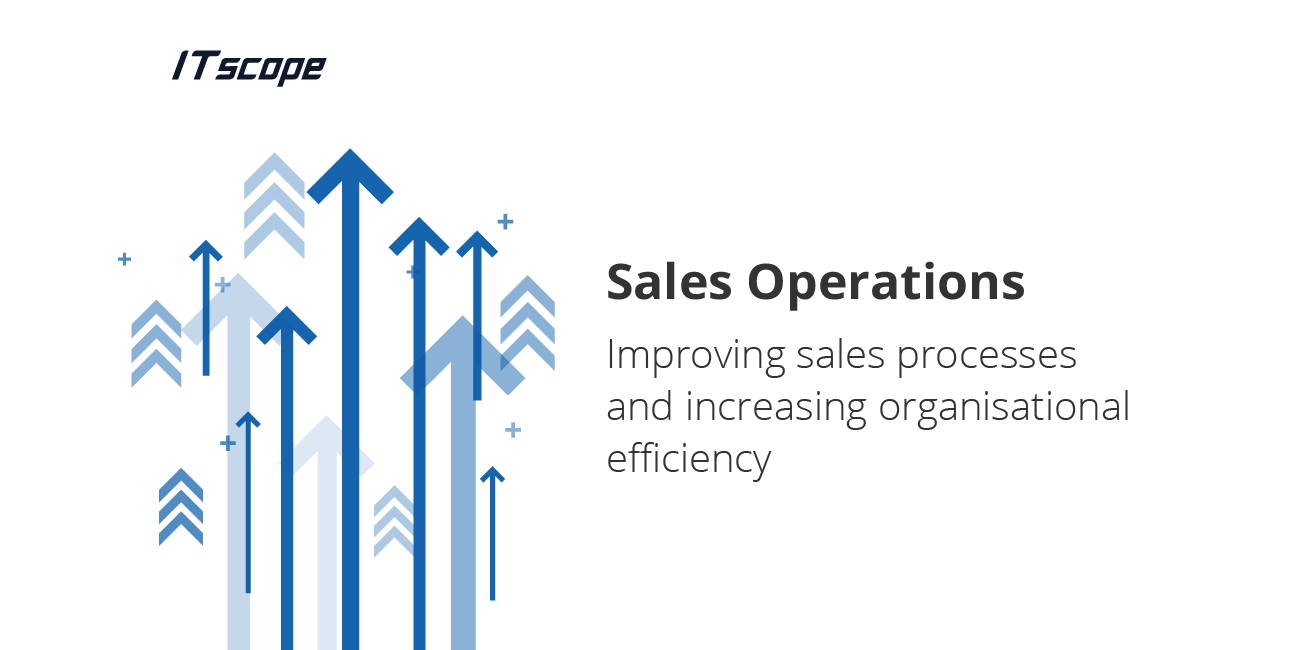In the realm of small and medium-sized enterprises (SMEs), navigating the sales organization can pose a significant challenge, particularly in the absence of a dedicated sales operations role, known as sales ops. This scenario often leads to uncertainty on how best to streamline and carry out sales tasks efficiently, ultimately resulting in gaps in overall organizational effectiveness.
Optimise quotation management and increase sales efficiency
The ITscope Quotation feature serves as a valuable tool for SMEs lacking a dedicated sales ops role, allowing sales processes to be distributed across various team members. These teams utilize a range of tools, from communication platforms like Zoom and Teams to project management tools such as awork or Asana, alongside CRMs for customer data and PSAs for service automation. These resources not only boost productivity and flexibility but also keep businesses aligned with technological advancements.
The collaborative nature of the sales process can be hindered by isolated work environments. Traditional methods of proposal creation, like using Google Docs or spreadsheets, not only consume time but also impede effective collaboration. Basic assortment tools may fall short, requiring additional technologies to streamline the sales process efficiently. It is crucial to monitor and optimize this process to enhance overall effectiveness.
Three key stakeholders are involved in the sales process:
1. Der Vertrieb: Effizienzsteigerung im KMU-Verkaufsprozess
In small and medium-sized enterprises, the sales team may consist of people from different departments, including marketing, procurement or even the business owner himself. The typical sales process starts with responding to customer enquiries and includes various steps from analysing requirements to preparing and submitting quotations. It is important to structure the quotation documents in a clear and concise manner to make them easier for the customer to evaluate.

2. The customer: needs-based offer strategies for improved customer loyalty
The customer is at the centre of the sales process and ultimately chooses between different product ranges. Beyond price, it is important to consider the customer’s needs. The customer’s buying process consists of several steps, from enquiry to order. A modern and attractive range can make a decisive first impression.
3. Accounting/Maintenance: Integration and Automation for Efficient Business Processes
After the order has been placed, accounting processes play an important role. Integrating the quotation tool with accounting software can save time and increase efficiency by transferring customer data directly. The ability to process payments directly from the quote tool also simplifies the invoicing process.
Transparency in sales activities and aligning the team with business objectives is essential. Not everyone in the company needs to send out quotes, but having access to sales activities for the entire team can increase efficiency. This is especially true for companies with hybrid working models.
Conclusion: More success for SMEs through sales operations
Integrating sales operations in SMEs, including in the form of tools such as ITscope’s quoting functionality, can make a significant contribution to increasing organisational efficiency and improving sales processes. By simplifying collaboration and making the sales process more transparent, companies can not only better distribute the workload, but also increase their competitiveness and customer satisfaction.

Get started in the Digital Sales section and test the ITscope quoting functionality.

